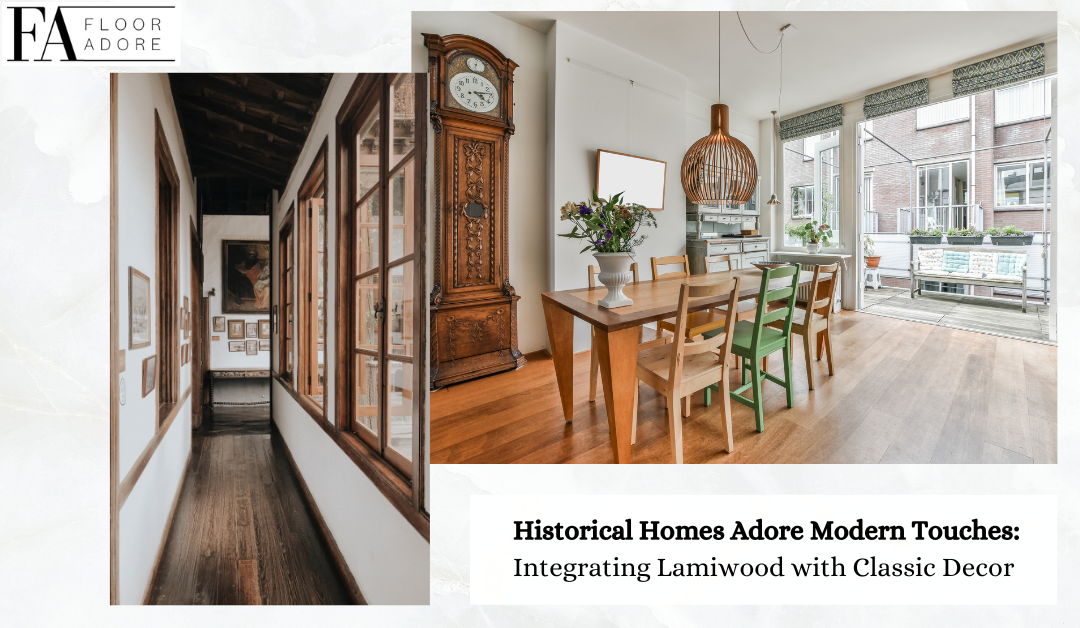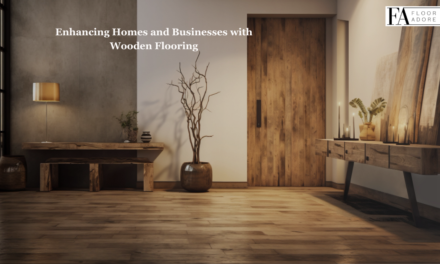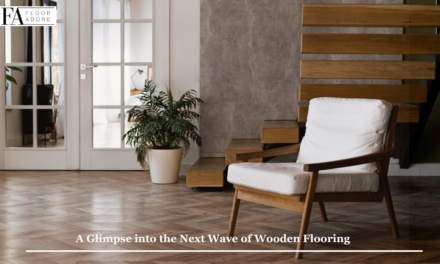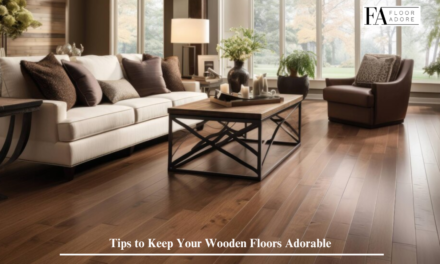The charm of a historical home lies in its storied walls, intricate details, and the echo of times past. Yet, living in such a home doesn’t mean forgoing modern comforts and aesthetics. One of the most impactful ways to blend the old with the new is through flooring. Lamiwood wooden flooring, with its versatility and durability, offers an ideal solution for those looking to integrate modern touches into their classic decor. This blog explores the harmonious marriage of lamiwood flooring with the timeless appeal of historical homes, ensuring both comfort and preservation.
Celebrating the Past with a Modern Twist
The key to successfully integrating lamiwood floors into a historical home is choosing styles that complement the intrinsic character of the space while offering a nod to contemporary life. Lamiwood’s wide range of wooden flooring finishes—from rich, dark tones mimicking antique hardwoods to lighter, distressed looks—can be seamlessly matched with the architectural elements and period details that give historical homes their unique charm.
The Durability for Today’s Lifestyle
Historical homes were built to last, with craftsmanship and materials designed for longevity. However, the demands of modern living require solutions that are not only aesthetically pleasing but also practical. Lamiwood flooring stands up to this challenge, offering durability and ease of maintenance that traditional hardwood floors might not withstand over time. Its resistance to scratches, dents, and moisture makes it an excellent choice for high-traffic areas, ensuring the home’s beauty endures through contemporary living.
Harmonious Design Strategies
When selecting wood floors for a historical home, aim for options that echo the home’s original era. For Victorian homes, dark, rich tones can add depth and warmth, while for a Craftsman-style home, lighter, natural finishes might better complement the architecture. This thoughtful selection ensures the new flooring enhances the historical narrative of the home.
Embrace Transitional Spaces
Use lamiwood flooring to create transitional spaces that bridge the gap between the old and the new. A carefully chosen lamiwood floor can serve as a cohesive element, running through hallways and common areas, subtly blending modern renovations with untouched historical details.
Mix and Match with Care
Integrating modern elements into a historical context calls for a delicate balance. Mix and match wooden flooring textures and materials thoughtfully, allowing the lamiwood to act as a grounding element. Pairing it with antique furniture, vintage rugs, and classic light fixtures can create a rich, layered look that feels both timeless and contemporary.
The Best of Both Worlds
Upgrading a historical home with lamiwood flooring does not mean sacrificing its soul. Modern technologies in lamiwood manufacturing can replicate the look and feel of old wood, including the imperfections and patina that give historical homes their allure. This synergy between the old and the new brings about a comfortable living environment that respects the past while embracing the future.
Preserving the Historical Integrity
While the visual appeal is crucial, it’s also essential to preserve the historical integrity of the home. Before undertaking any renovation, research and possibly consult with preservationists to ensure that updates like lamiwood flooring are in keeping with the home’s era and style. The goal is to enhance, not overshadow, the historical character of the home.
Conclusion
Modernizing a historical home with lamiwood wood flooring offers an excellent opportunity to blend tradition with contemporary flair. This approach ensures that the home remains true to its roots while providing the functionality and style suited to modern living. By carefully selecting wooden flooring that complements the architectural beauty and period details, homeowners can create spaces that are both a tribute to the past and a celebration of the present, proving that historical homes indeed adore modern touches.





